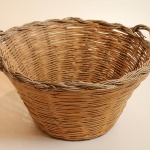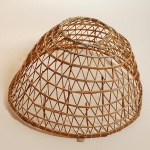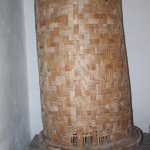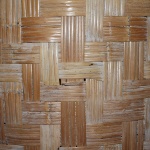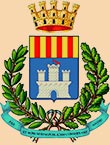Museo dell'intreccio mediterraneo di Castelsardo
Main site sections
Reed
This graminaceous plant grows in coastal marshland and hilly areas of Europe and Middle East. Its trunk is tall, hollow and robust. It forms dense patches of vegetation in wetlands, along the banks of rivers and ponds, as well as on the margins of cultivated fields and on sand dunes by the shore. Once leaves are removed, it is reduced in thin and long strips and used as basic fiber for baskets, sifts, back creels for the transport of various materials, cylindrical containers made with rush-tied lattice used for grains, vegetables or fruit. The strips are flexible and strong. Whole reeds are still used for hut roofs, and as rush-tied woven structures for different uses (such as support for garden produce, waterways embankments, lattice for fish farms). Reeds are also used for making fishing pots and creels, tied with rush and other marsh plants, olive and tamarisk.


